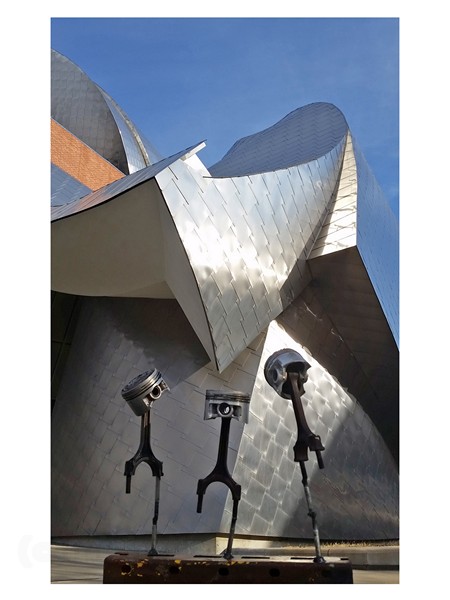
Cleveland Ohio 
Caravel 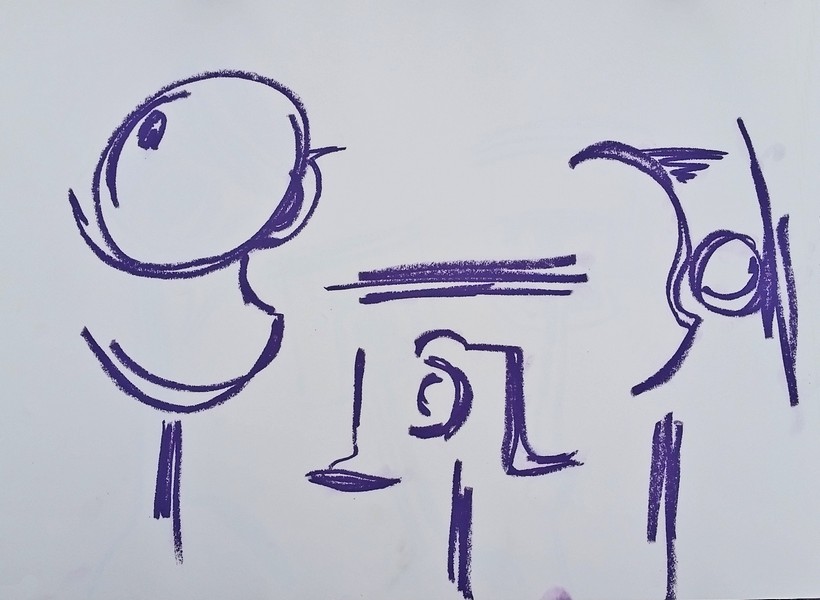
no.142 (OP4)-Three Pi- Oil Pastel- 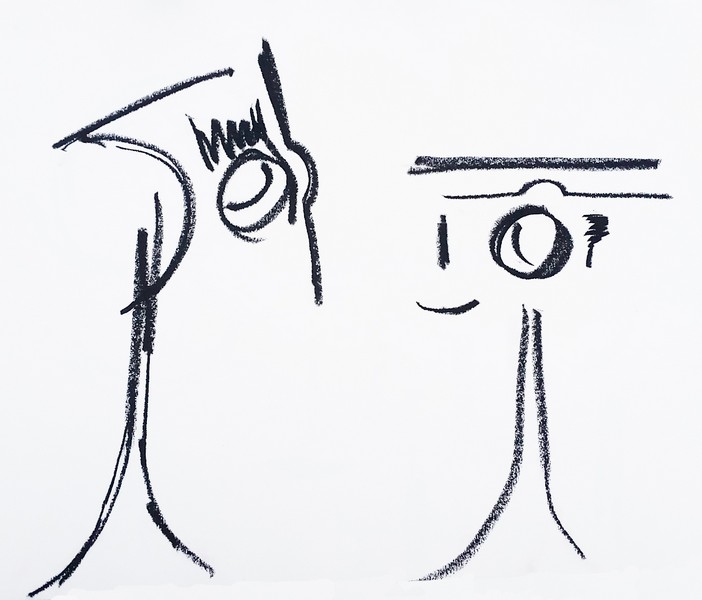
no.142 (OP5)-Three Pi-Oil Pastel- 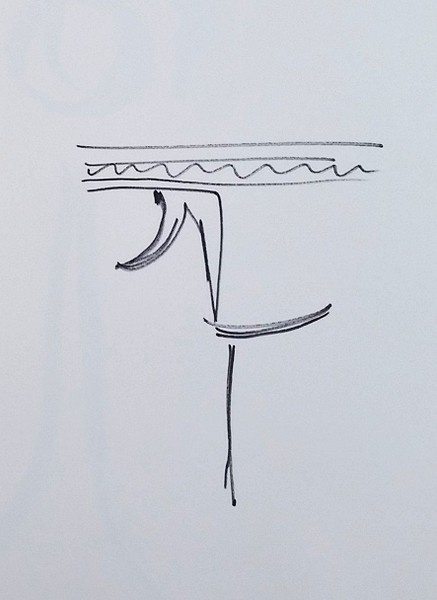
no.142 (OP6)-Three Pi-Oil Pastel- 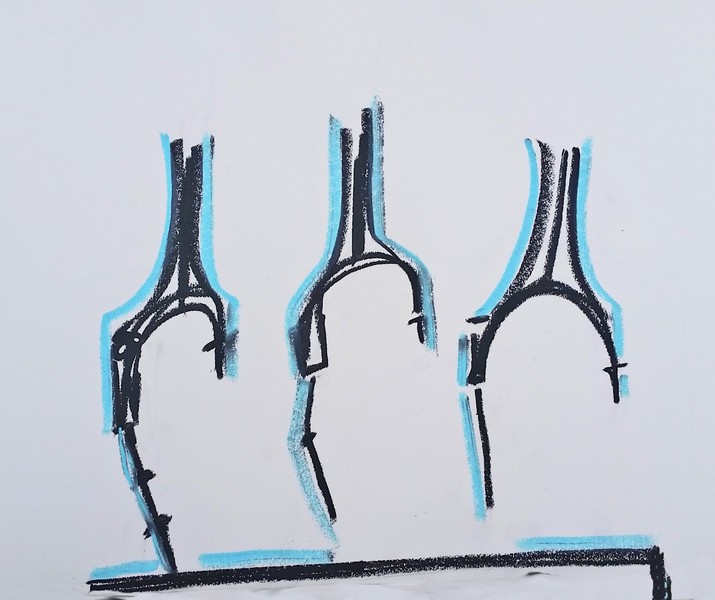
no.142 (OP34)-Three Pi-Oil Pastel- 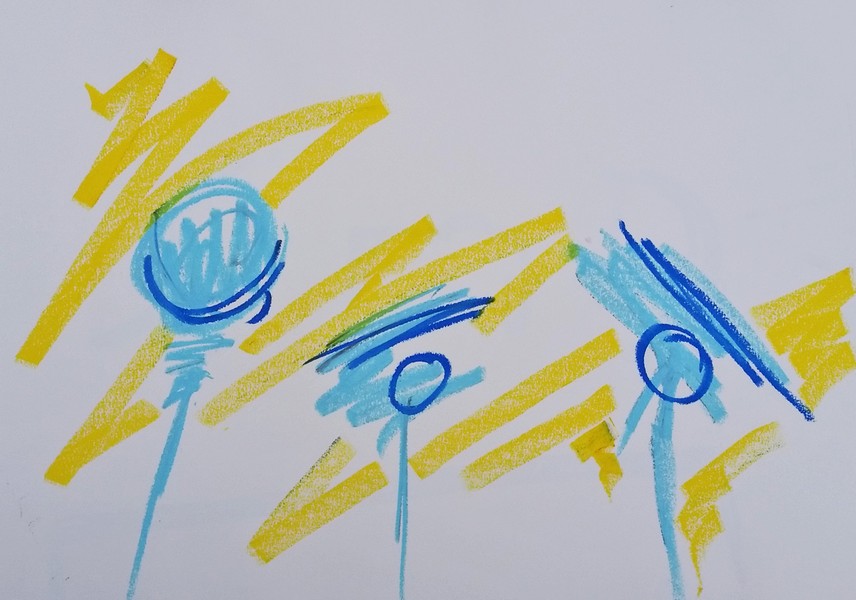
no.142 (OP55)-Three Pi-Oil Pastel- 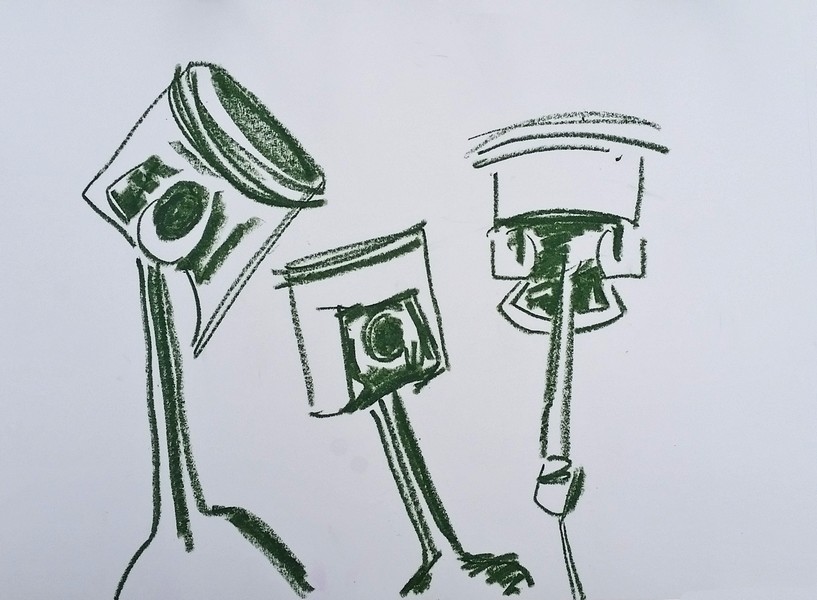
no.142 (OP3)-Three Pi- Oil Pastel- 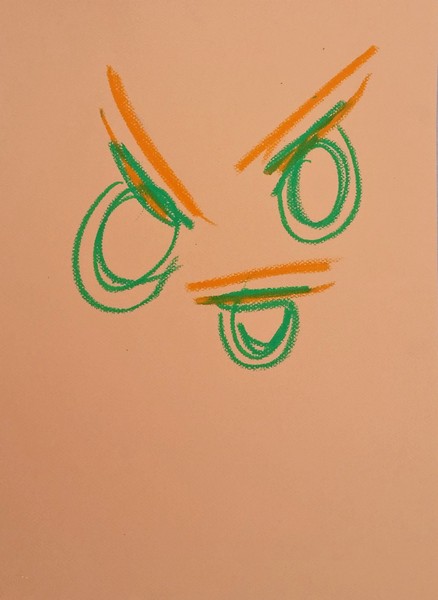
no.142 (OP16)-Three Pi-Oil Pastel- 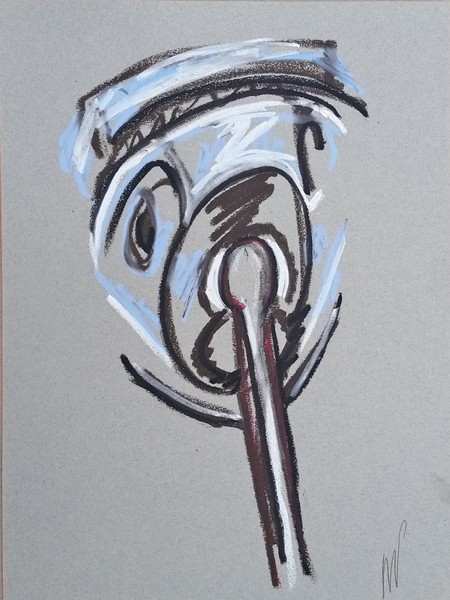
no.142 (OP1)-Three Pi- Oil Pastel- 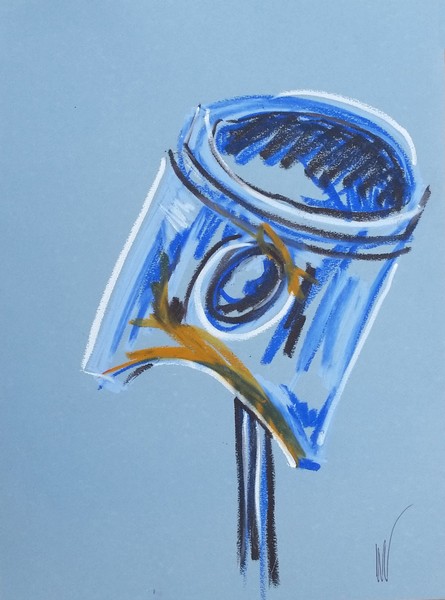
no.142 (OP2)-Three Pi- Oil Pastel- 
Ride 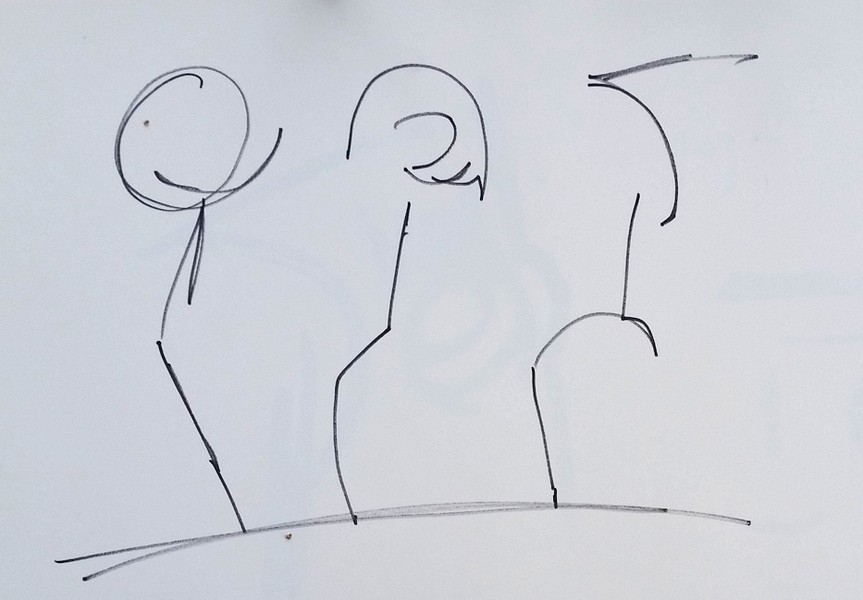
no.142 (OP7)-Three Pi-Oil Pastel- 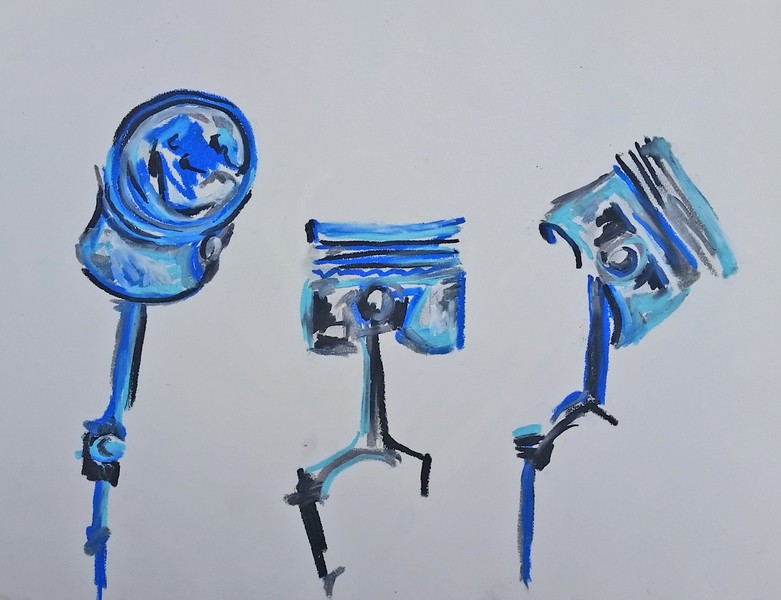
no.142 (OP24)-Three Pi-Oil Pastel- 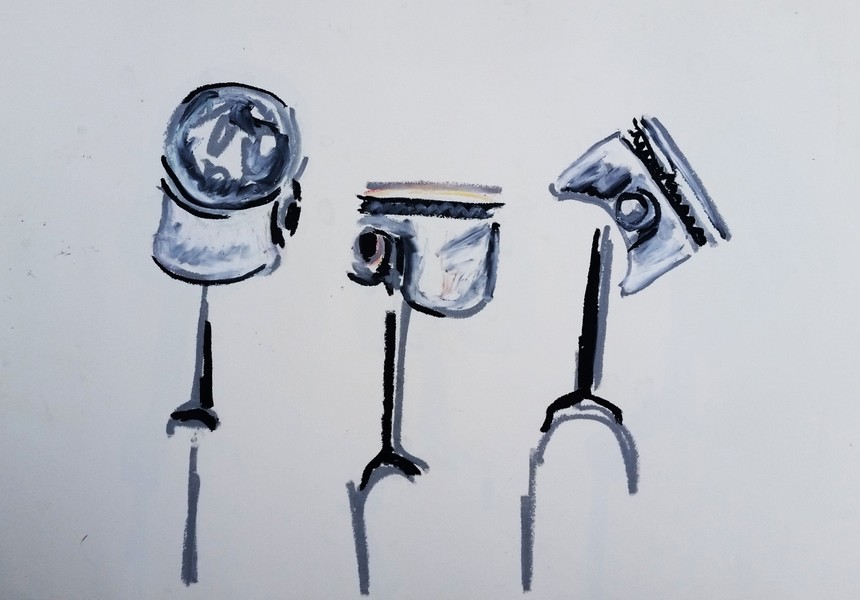
no.142 (OP21)-Three Pi-Oil Pastel- 
Boardwalk 
Beached 
aberdeen 

NYC 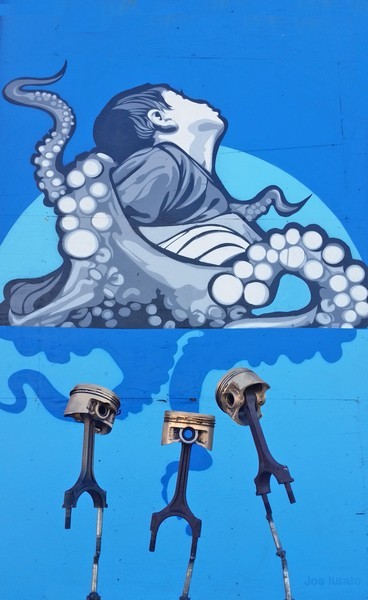

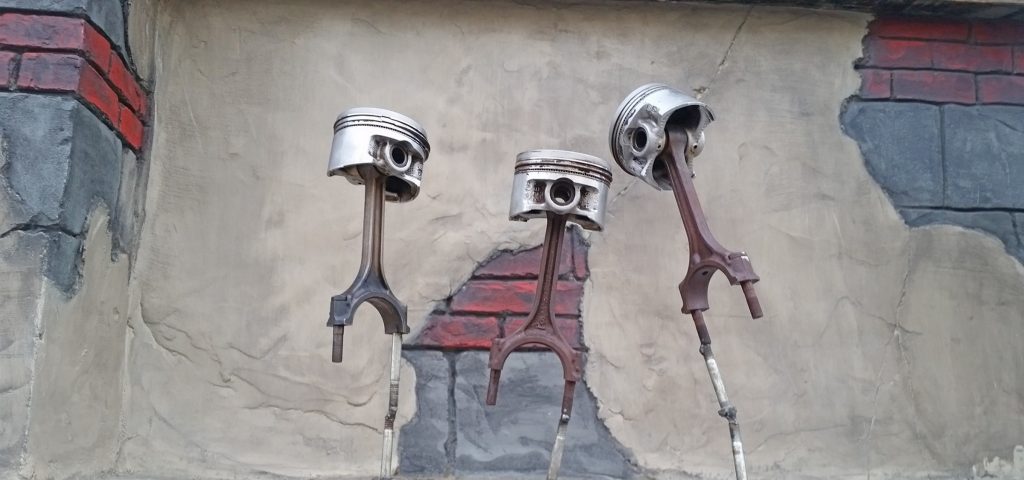
Leaving the crack 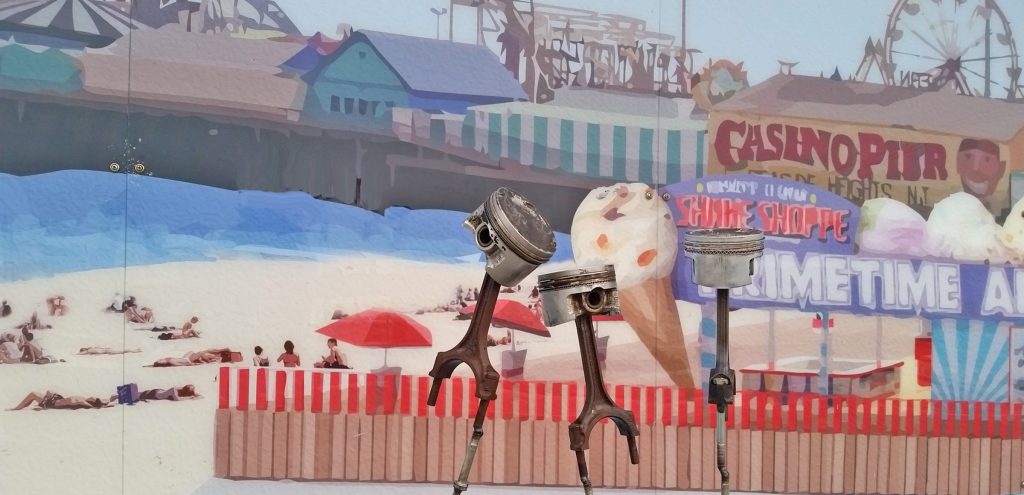
On the Board Walk 
“Cream” 
Seaside Heights NJ 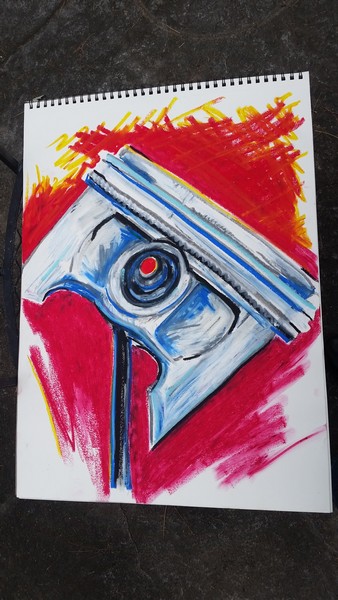
no.142 (OP42)-Three Pi-Oil Pastel- 
142. Three Pie, metal sculpture using Automotive parts.
Sculpture No.142_ Three Pi (2017), 16”h x 16”w x 5”d
Used pistons welded and finished in wax.
The series consists of- 28 sculptures, 12 oil paintings, 3 books, 15 volumes of drawings, 12 Journals. The work is described in a subset of 3 series- Which creates a visual accountant in the diversity of the subject.
The Geometry of Joy
“The Geometry of Joy” is too big a topic for one year’s research, touching many expansive fields of information human enlightenment, scientific entanglement, Philosophical theories and deep knowledge.
This work inspired 4 sub category’s “the Seeds of Joy”, “Off the Table”- “The Limb” and “Scratch ThaT” the work attempts to draws lines to the extreme diversity and depth that the geometric landscape of Joy is. This subject insist both mathematically and philosophically deep historic theoretical inquisition.
As a starting point I believe important the premise to describe joy:
The Geometry of Joy is a matrix of complex positive personal connections or the sense of being, having, participating, sharing, witnessing-within a state of bliss, while excepting what is of the here and now.
Joy exhilarates, embellishes, decorates and exfoliates.
So my first task was to find a definition of Joy-
Dr. Cheryl Ann MacDonald Psy.D., Author of Health Psychology for Everyday Life: A bio-psycho-social thinking approach” says- “Being joyful requires feeling connected to other people in life, with nature, by appreciating the arts, and it requires an acceptance of life, as it is, in the present.”
Joys description becomes more expansive when we look at words like emotion or feeling which lead to the subset of describer’s like happiness and then on to the physical experiences.
The dictionary of Phycology describes:
Emotions
Emotions are lower level responses occurring in the subcortical regions of the brain, the amygdala and the ventromedial prefrontal cortices, creating biochemical reactions in your body altering your physical state. They originally helped our species survive by producing quick reactions to threat, reward, and everything in between. Emotional reactions are coded in our genes and while they do vary slightly individually and depending on circumstances, are generally universally similar across all humans and even other species. For example, you smile and your dog wags its tail.
Feelings
Feelings originate in the neocortical regions of the brain, are mental associations and reactions to emotions, and are subjective being influenced by personal experience, beliefs, and memories. A feeling is the mental portrayal of what is going on in your body when you have an emotion and is the byproduct of your brain perceiving and assigning meaning to the emotion. Feelings are the next thing that happens after having an emotion, involve cognitive input, usually subconscious, and cannot be measured precisely.
The Physical: The Amygdala (AMIGDALA)
(a roughly almond-shaped mass of gray matter inside each cerebral hemisphere, involved with the experiencing of emotions.) play a role in emotional arousal and regulate the release of neurotransmitters essential for memory consolidation which is why emotional memories can be so much stronger and longer-lasting. Emotions proceed feelings, are physical, and instinctual. Because they are physical, they can be objectively measured by blood flow, brain activity, facial micro-expressions, and body language.
In book by Chade-Meng Tan he states: Happiness is a blurred emotion.
It can mean different things to many people, and part of a psychologist’s quest is to identify all of the distinctive applications of the word. Most of people agree that happiness is an emotional state of well-being defined by positive feelings ranging from contentment to intense joy.
“Joy is a sustainable state that fuels our creativity and inspiration for innovation. It strengthens our ability to attract friends and to get along with people. Learning to cultivate joy is the fundamental secret to success. “found in his book- Joy on Demand: The Art of Discovering Happiness.
As a side note I found an interesting uprising in our country that has been gaining momentum called positive phycology of humans that focuses on positive virtues and the uprising in Joy being, by people like Chade-Meng Tan unlike Freudians psychology which has caressed an obsession with human failings that rests on a view of human beings in need of fixing or that they are troubled.
The book Sex, Suicide and Serotonin: How These Things Almost Killed and Healed me. By Debbie Hampton describes Joy as a practice. The idea of Joy as a practice is also noted in Agnes Martins book: Paintings, Writings, Remembrances- In her notes, Martin believed the work space was a sacred space that needed to be maintained as special. The studio space offers a respite of tranquility separate from the world for the mind to connect to inspiration and through inspiration comes the works of art in Joy. She also maintains that inspiration is dependent on a clear mind which calls attention to the meditative mind. Martin goes on to say Art work is not an intellectual process which makes me connect to Freud’s Concept of Psychic Energy Also called Mental Energy, psychic energy is posited as the dynamic force behind all mental processes obviously separate from physical acts of making.
Mind is the forerunner of all (evil) conditions.
Mind is their chief, and they are mind-made.
If, with an impure mind, one speaks or acts,
Then suffering follows one
Even as the cart wheel follows the hoof of the ox.
Mind is the forerunner
of all (good) conditions.
Mind is their chief, and they are mind-made.
If, with a pure mind, one speaks or acts,
Then happiness follows one
Like a never-departing shadow.
These words, which are the opening lines of the Dhammapada, were spoken by Gotama Buddha 2500 years ago. They illustrate the central theme of Buddhist teaching, the human mind.
For me Joy and Force are extremely important words because they are the core of the work I produce.